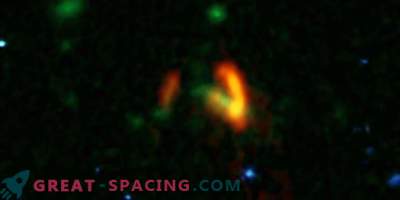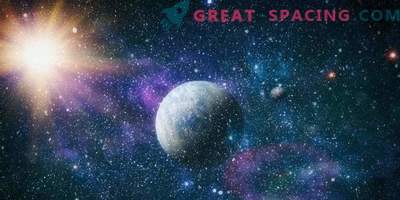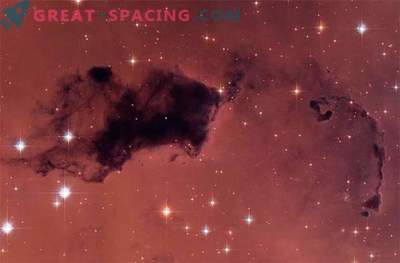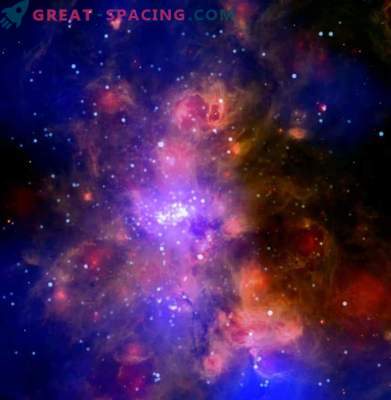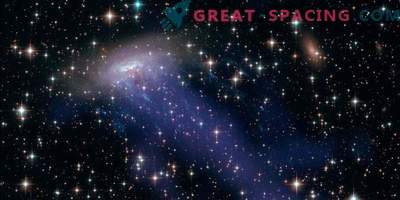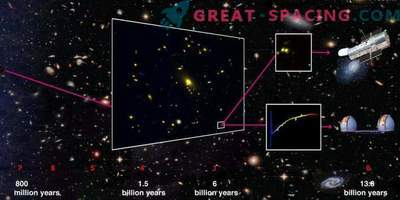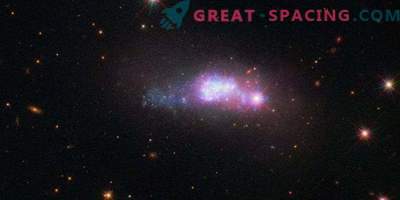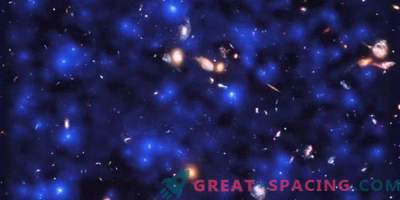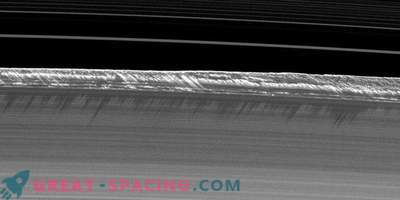
Scientists took a fresh look at the importance of hydrogen atoms in the formation of new stars. It is believed that only these molecules are involved in nucleation. New data shows that there are more hydrogen atoms than molecules in young galaxies.
New stars appear in the dust and gas clouds located on the territory of most galaxies. The Milky Way produces one star per year.
In the nearest local Universe, about 70% of gaseous hydrogen resides in individual atoms, and the rest in molecules. Scientists believed that with remote observations they would encounter large-scale hydrogen concentration and a gradual transition to dominance. In reality, hydrogen atoms saturated most of the gas of young galaxies.
This works even for galaxies that appeared 7 billion years after the Big Bang (cosmic midday), when the rate of star formation reached a maximum. It seems that such volumes are not comparable with the amount of cold atomic gas. Unfortunately, it is not yet possible to verify the hydrogen atoms at large distances. But the researchers found a galactic population 3 billion years younger than ours with gas volumes resembling galaxy cosmic midday. Despite the presence of 10 billion solar masses of molecular gas, they are also rich in atomic hydrogen. And the balance is almost the same as in the Milky Way.
The Aresibo Observatory and ALMA were used for the study. The results suggest that researchers cannot neglect the indicators of atomic hydrogen even in such large-scale galaxies. More improved performance will be able to get with the advent of new radio telescopes.

